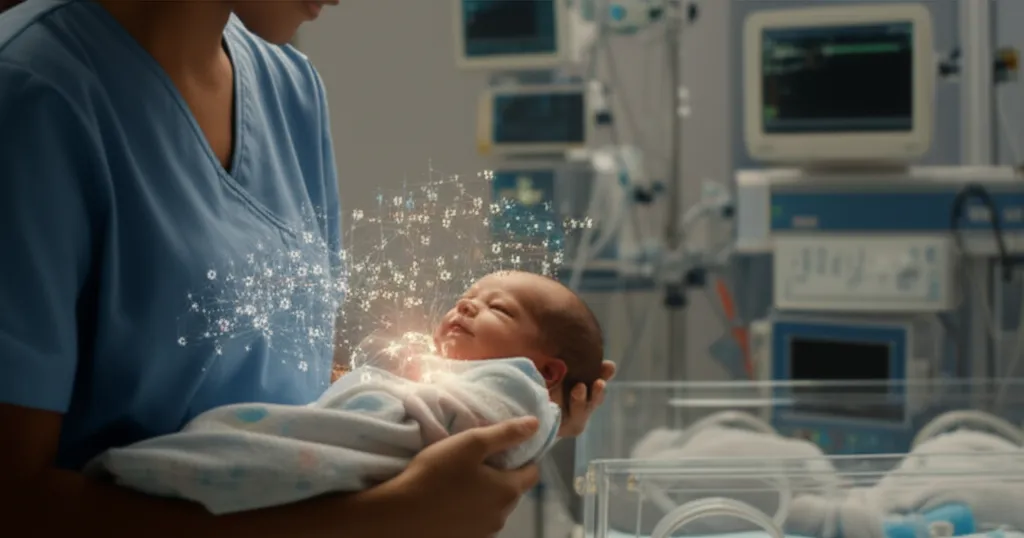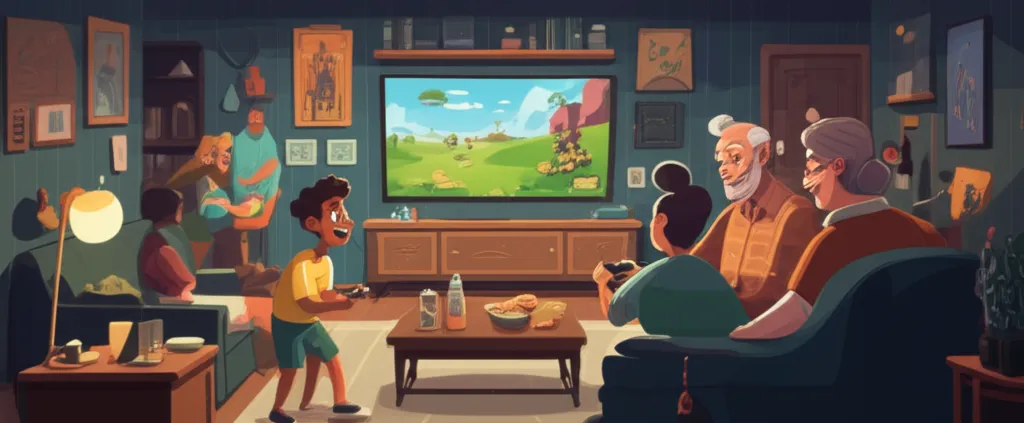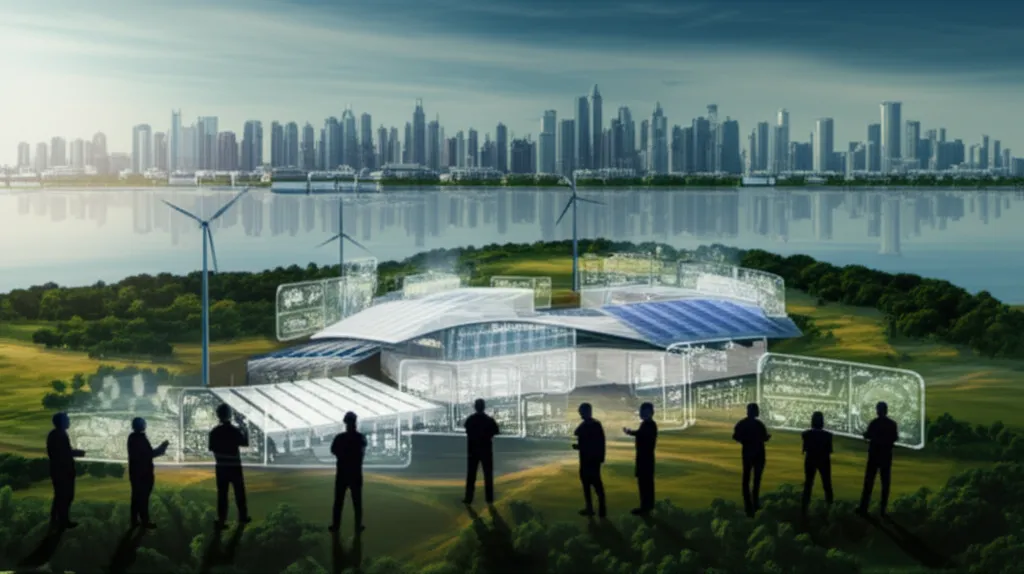Let’s be real: when you bring a newborn home, you’re more likely to obsess over diaper changes than DNA. But what if every baby arrived not just with a birth certificate but a secret map—one that could warn you of invisible pitfalls ahead? I still remember the first time I watched a friend fret through months of unanswered questions about her child’s health. If only they'd had a clue tucked inside that tiny hospital bracelet… Turns out, the future of medicine might just live in those first swaddled days—and it might be less science fiction than you think.
Behind the Curtain: The Startling World of Newborn Genomic Sequencing
Imagine if every baby came into the world holding a secret map—a guide to their health, hidden deep within their DNA. On April 22, 2015, in Boston, this idea became a reality for the first time. A four-day-old baby girl, known as Baby Maria, became the first healthy infant to have her entire genome comprehensively sequenced and analyzed as part of a clinical trial in preventive genomics. This groundbreaking moment marked the beginning of the BabySeq project, led by a visionary team at Harvard Medical School and Mass General Hospital.
Baby Maria: Breaking New Ground in Genomic Medicine
Baby Maria’s case was more than a scientific milestone—it was a turning point for families everywhere. Before projects like BabySeq, genetic testing was usually reserved for children who were already very sick. Even then, answers were rare, and families often faced a long, stressful search for a diagnosis. This journey, often called a diagnostic odyssey, could last for years, leaving parents exhausted and desperate for answers.
“When children remain ill and doctors can't figure out what's going on… it can be incredibly agonizing.”
The Hidden Cost of Diagnostic Odysseys
When a child is sick and doctors can’t find the cause, families are thrown into a marathon of tests, uncertainty, and worry. The impact is not just medical—it’s emotional, financial, and deeply personal. Parents watch their children suffer, sometimes missing the window for treatments that could change their lives. The stress of not knowing, of seeing your child in pain without answers, is a burden no family should have to bear.
- Emotional toll: The constant anxiety and fear can affect the whole family.
- Financial strain: Endless tests and doctor visits add up quickly.
- Lost opportunities: Some genetic conditions are treatable, but only if caught early.
Why Early Answers Matter: The Impact of Early Genetic Testing
Today, thanks to advances in newborn genomic sequencing, we are closer than ever to ending these diagnostic odysseys. The BabySeq project findings show that sequencing a baby’s genome at birth can reveal hidden risks and conditions before symptoms appear. This early knowledge means doctors can act fast, sometimes even preventing permanent damage. With gene editing and new therapies on the horizon, experts believe that over 90% of genetic conditions could soon be treatable—if we find them in time.
Behind the curtain of every newborn’s DNA lies a powerful tool for hope and healing. By unlocking this secret map, we can give families answers before the questions even begin, and offer every child the healthiest possible start in life.
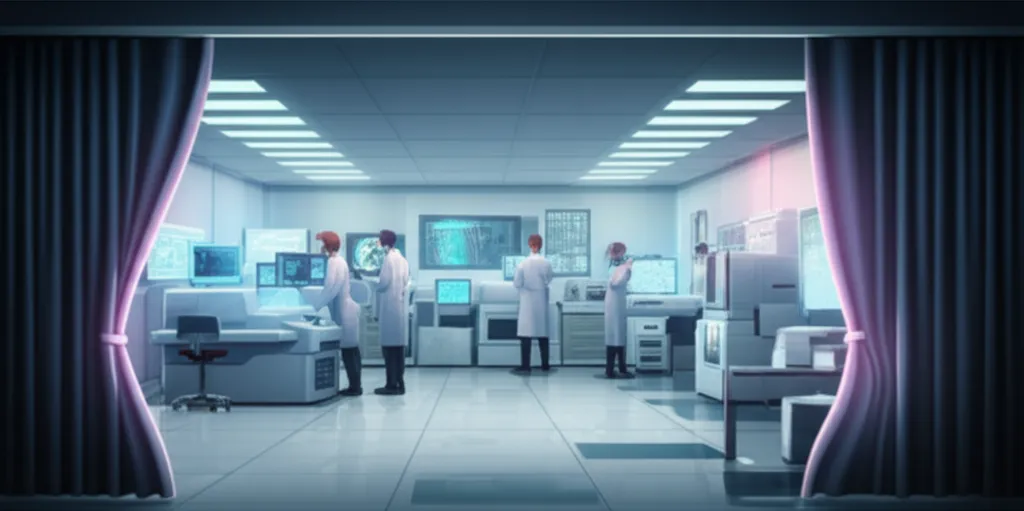
From Hidden Mutations to Real-Life Miracles: Meet the Kids Who Changed Everything
Imagine if every newborn came with a secret map—a guide to their hidden genetic risks. Thanks to the BabySeq project and advances in newborn genomic sequencing, this vision is quickly becoming a reality. The impact of early genetic testing is already rewriting the stories of families across the world, turning what could have been devastating surprises into manageable routines and, sometimes, real-life miracles.
Unexpected Discoveries: The Numbers Behind the Miracles
When researchers began sequencing the genomes of healthy babies, they expected to find only rare surprises. Instead, they discovered something remarkable: in a study of a thousand families, about 4% of healthy babies carried genetic risk mutations linked to conditions that are treatable today. When the search expanded to a broader panel of 5,000 genes—including those connected to adult-onset diseases—the number jumped to 12%. That means, every year, more than 400,000 babies in the United States and over 15 million worldwide are born carrying these hidden risks.
These aren’t just numbers. They represent real children—kids who, thanks to early discovery, have a chance at healthier lives. Here are just a few of their stories.
Baby Adam: A Heart Saved by Science
Adam’s parents were shocked to learn their newborn carried a mutation in a gene linked to a narrowed aorta—a potentially life-threatening heart condition. “Finding out that your newborn has a heart problem of all things is absolutely terrifying,” his mother shared. But with this knowledge, doctors performed a scan and found Adam’s aorta was already mildly narrowed. Now, his condition is monitored closely, and treatment can begin at the first sign of trouble. “Knowing that we could be proactive gave us some peace of mind,” Adam’s mom said. Instead of facing a sudden crisis, Adam’s family has a plan—and hope.
Cora: Protecting a Growing Mind
For Cora, the discovery was just as life-changing. Her genomic screening revealed a mutation causing a biotin deficiency, a condition that can severely affect brain development. But because her risk was found early, Cora’s parents started her on a simple daily vitamin. “We give her a daily vitamin to treat her enzyme deficiency. I’m just glad we discovered the conditions before there were any symptoms,” her mom explained. Today, Cora is thriving, her mind protected by a routine as simple as breakfast.
When a Child’s Test Saves a Parent
Sometimes, the impact of newborn genetic sequencing reaches even further. In one family, baby Jacob’s test revealed a mutation linked to increased cancer risk. No one in the family knew this gene was present. When doctors tested Jacob’s mother, they found she carried the same mutation. This discovery led to preventive surgery that may have saved her life—proof that the ripple effects of early genetic testing can touch generations.
The Power of Knowing
These stories show the true impact of finding treatable genetic conditions in children before symptoms appear. Instead of fear and uncertainty, families gain knowledge, options, and a sense of control. As one mother put it,
“We had to get creative at first, but now it’s part of our routine.”For thousands of families, the secret map hidden in their baby’s DNA is turning genetic risk mutations in newborns into real-life miracles—one discovery at a time.

The Big Hurdles: Why We Don’t All Have a DNA Decoder at Birth (Yet)
Public Fear vs. Science: Emotional Hesitation and Privacy Anxiety
Imagine bringing home your perfect newborn. The last thing you want to do is search for hidden problems, even if you know that early action could change everything. This emotional hesitation is one of the biggest challenges in newborn screening systems. As parents, it’s natural to hope for the best and avoid thinking about what could go wrong. But to unlock the full comprehensive DNA sequencing benefits, we need to move past fear and embrace knowledge as power.
Another common worry is privacy. Your DNA is a unique biometric marker—like a fingerprint, but even more personal. Many parents wonder: if my baby’s genetic code is stored somewhere, could it be misused? The truth is, genomic data in medical settings is protected just like your psychiatric history or HIV status. As one expert put it:
“If somebody steals my genome, they really can't make much of it. Whereas, if they steal my electronic footprint... there's a lot more harm that can be done.”
Still, privacy concerns are real and deserve respect. But with strong legal safeguards, your child’s genetic secrets are as safe as any other sensitive health information.
Old Tech, New World: Traditional Screening Tries, But Lags Far Behind
Right now, the U.S. newborn screening system checks for about 75 conditions—mostly rare metabolic disorders. But here’s the catch: since 2008, only nine new conditions have been added. Meanwhile, scientists have identified hundreds of treatable genetic conditions—and that number keeps growing, especially with advances in gene editing.
This slow progress isn’t for lack of effort. The system is simply overburdened and under-resourced. It’s tough for traditional screening to keep up with the pace of discovery. And while parents might assume that a simple test at birth covers everything, the reality is that many conditions go undetected until symptoms appear.
The Problem with Consumer Kits: Not All DNA Tests Are Equal
You might have seen ads for direct-to-consumer DNA kits promising health insights. But these tests use a method called genotyping, which looks for common markers—not the rare mutations that matter most for newborn health. For true preventive genomics for infants, you need full DNA sequencing, which reads every letter of the genome. That’s about 5,000 times more detailed than most consumer kits, and it requires medical oversight and privacy protections that commercial companies can’t guarantee.
AI and International Teamwork: Making the Impossible Possible
The good news? The world is coming together to solve these hurdles. Today, 27 global teams are collaborating through an international newborn sequencing consortium. They’re sharing data, refining technology, and using AI in digital health platforms to spot patterns and speed up discoveries. This teamwork is turning what once seemed impossible into reality—helping us imagine a future where every baby’s secret map is unlocked safely, ethically, and for the benefit of all.
- US newborn screening: 75 conditions, only 9 added since 2008
- Hundreds of treatable genetic conditions now known
- 27 global teams collaborating on newborn genomic sequencing
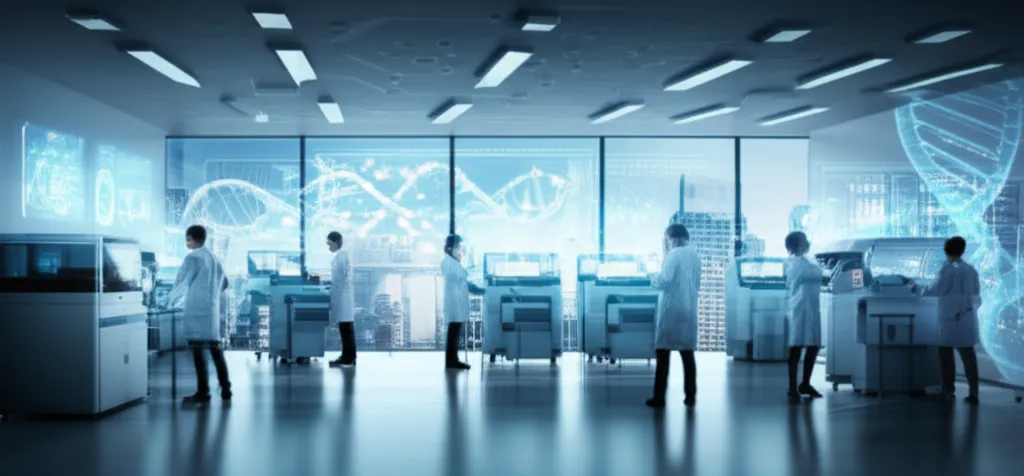
Wild Card: If Your Child’s Genome Was a Time Capsule…
Imagine if your child’s genome was a time capsule—sealed at birth, but filled with secrets that only the future could unlock. What if, every year, you received a note from tomorrow’s scientists: “Check again next year, science might save you.” This is not science fiction. It is the promise of genome-informed medicine’s future, powered by whole-genome sequencing and emerging technologies in preventive care.
Right now, when a baby is born, we capture a snapshot of their health—height, weight, maybe a few genetic screens. But what if we could give every child a lifelong health passport? Your child’s DNA doesn’t change, but our understanding of it does. Each year, as science advances, new discoveries emerge. Treatments that were impossible yesterday become routine tomorrow. This is why re-analyzing your child’s genome over time could be the wild card that changes everything.
Annual checkups in 2050 could look very different. Instead of just measuring growth or checking for common illnesses, doctors could revisit your child’s original genome sequence, using the latest research and AI-powered digital health platforms. Imagine a world where your child’s health plan is updated every year with new insights—where risks are spotted early, and new treatments are offered as soon as they become available. This is the true benefit of whole-genome sequencing: it’s not just a one-time test, but a lifelong resource that grows in value as science evolves.
Of course, embracing this kind of risk knowledge can feel scary. It means facing the unknown, and sometimes learning things we wish we didn’t know. But it’s also a leap towards collective well-being. By moving from reactive medicine—waiting for illness to strike—to preventive, genome-informed care, we can catch problems before they start. We can give every child the best chance at a healthy future. As one pioneer in the field put it,
“To truly create the dream of genome informed medicine because each and every year there will be new insights and new treatments available.”
Today, no country in the world offers lifelong, AI-enhanced genome re-analysis as routine care. But the groundwork is being laid. Visionaries are building digital health platforms that will make this scalable and accessible. It’s a cultural shift, as much as a technological one—one that asks us to see our children’s DNA not as a static code, but as a living map, waiting to be explored again and again.
So, if your child’s genome was a time capsule, what would you hope to find inside—next year, or in twenty years? The answer is still unfolding. But with every advance in genome science and digital health, we move closer to a future where that time capsule is not just a record of the past, but a guide to a healthier tomorrow. The wild card is in our hands. Are we ready to play it?
TL;DR: DNA tells more than just where you come from; for newborns, it can be a life-saving roadmap. Sequencing every baby’s genome could detect treatable risks early, ease parental worry, and launch a new era in healthcare—if we’re brave enough to use it.
